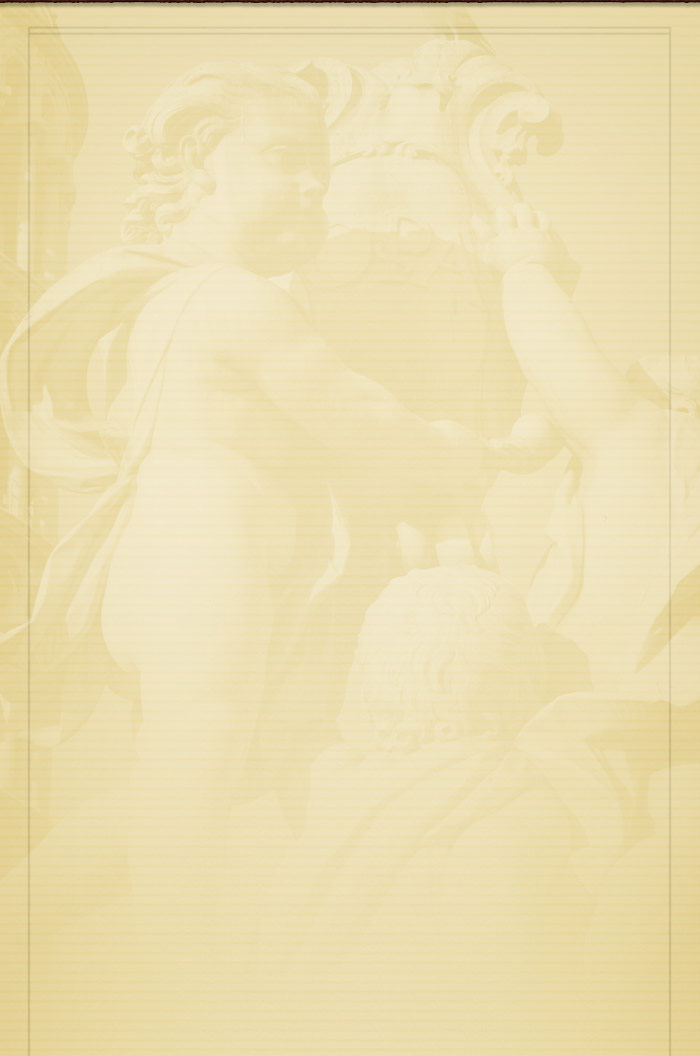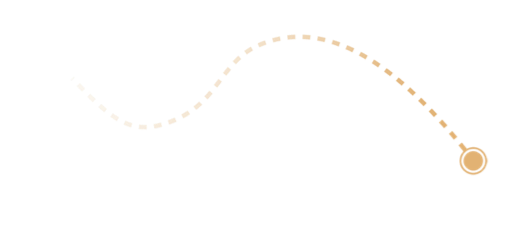


When we finally shipped out of Lion Mountain and headed east, the train consisted of boxcars—the famous French “40 and 8’s.” They were made famous during WW I, when it was said they would haul 40 troops or eight horses. We usually travelled with the doors open for ventilation. We didn’t make very good time. There were times we would go through melon patches; and the train would be going slow enough that some of the guys would jump off, run into the fields, pick up watermelons and other melons, and heave them to guys aboard the train. Then they would run and jump on the train before the caretakers in the field could catch them with their forks and rakes. We thought that was cute, of course.
One morning bright and early, we looked out the boxcar door; and we were traveling along the edge of a very steep cliff with a gorge and river way down below. Then we’d be in and out of tunnels. We learned later that these were the Atlas Mountains. I also remember going through the outskirts of Algiers on the railroad. We finally ended up in Tunisia at a town called Mateur.
We spent some time in Mateur. It was hot and dry, and most of our water came from lister bags that were hung in the shade. Now these lister bags consisted of canvas bags that were rubberized and held about 20 gallons of water. They sweat quite a bit, and that was supposed to help cool the water. Well, the water was not very cool; and between the rubber taste and the stuff that was put in the water to make it pure, it was horrible. They knew that we needed to drink a lot water in that kind of a situation to prevent dehydration, so they insisted that we take salt tablets. They would hand out the salt tablets in the evening at “mess call,” and usually an officer would watch to see that you swallowed your salt tablet. Because they tended to make me sick at my stomach, I became pretty proficient at palming it and making believe that I swallowed it while drinking some water and then getting rid of it later.
One morning bright and early, we looked out the boxcar door; and we were traveling along the edge of a very steep cliff with a gorge and river way down below. Then we’d be in and out of tunnels. We learned later that these were the Atlas Mountains. I also remember going through the outskirts of Algiers on the railroad. We finally ended up in Tunisia at a town called Mateur.
We spent some time in Mateur. It was hot and dry, and most of our water came from lister bags that were hung in the shade. Now these lister bags consisted of canvas bags that were rubberized and held about 20 gallons of water. They sweat quite a bit, and that was supposed to help cool the water. Well, the water was not very cool; and between the rubber taste and the stuff that was put in the water to make it pure, it was horrible. They knew that we needed to drink a lot water in that kind of a situation to prevent dehydration, so they insisted that we take salt tablets. They would hand out the salt tablets in the evening at “mess call,” and usually an officer would watch to see that you swallowed your salt tablet. Because they tended to make me sick at my stomach, I became pretty proficient at palming it and making believe that I swallowed it while drinking some water and then getting rid of it later.

